What’s in the Dirt? How Soil Type and Texture Affect Your Garden
Improving soilGardeners talk a lot about dirt or, more specifically, soil. You’ve probably never considered dirt since you were a kid playing outside. Now that you’re gardening, the topic of soil is never far away. So, what exactly is dirt or garden soil made of? And why does it matter? While there are complex scientific explanations, this overview will give you the fundamental knowledge in terms all gardeners can understand.

The more you learn about gardening, the more you realize that soil quality is a constant factor influencing your final harvest. Understanding soil composition is not just a matter of knowledge, but a key to creating the optimal growing environment for your garden, be it for vegetables, flowers, or herbs.
What Healthy Garden Soil Is Made Of
Things like pH, soil structure, organic matter content, and even the organisms living in your soil should be taken note of so that you can fine-tune your garden to be fruitful!
1. Soil Texture
The size of the particles determines soil texture. There are three types of particles: sand, silt, and clay.
The composition of these particles within the soil determines the type of soil texture you’re working with. It’s good to have an idea of this because it can tell us useful information, such as how dense the soil is or how good it is at holding water and nutrients.
Clay Soil
Clay soil has very small particles that are dense and heavy and can sometimes inhibit water drainage.
Learn more about amending clay soil.
Silt Soil
A silt soil consists of particles smaller than sand and larger than clay. The powdery texture of this soil tends to blow away when dry and not covered properly.
Sandy Soil
Sandy soils have the largest particles and the biggest pore spaces (spaces for air and water between the actual soil particles). It is good to have some sand in your soil to break up more dense particles, but soil that is too sandy won’t hold water or nutrients very well.
Learn more about amending sandy soil.
Loam Soil
For most gardening purposes, you’ll want a good mix of each type of particle - which is often referred to as loam soil. You can do a simple glass jar test to determine the texture of your garden soil.

2. Soil Structure
Soil structure describes how the soil particles hold together to allow air and water to move through the soil.
Soil structure is the shape of the soil and how it holds together. Is it compacted? Is it loose? This will affect how it drains and holds water and air. Soil structure will also affect how roots penetrate the soil.
You can learn a little about the structure of your soil so easily! Go out to your garden and dig a small hole. Is the dirt that comes out in small, crumbly bits? If so, this means you have a good soil structure with room for roots, water, and air to move comfortably.
If you have larger clumps, that’s ok too - just take one of those larger pieces in your hand and apply pressure to see how easily it crumbles. It is a good sign if it breaks under slight pressure.
If it is more difficult to break apart, you may be dealing with soil that is too dense or compact, and you may need to address these issues before planting.
The soil structure is determined by the soil texture, the amount of organic matter, and biologic activity.
The structure of the soil also plays a part in the emergence of seedlings and root growth.
3. Organic Matter Content
A combination of decaying plant and animal material is called humus once completely decomposed.
Organic matter improves soil structure. As organic matter breaks down, it creates air pockets. It also gets gelatinous and holds soil particles together. This is why adding organic matter, such as compost, to sandy soil is so beneficial.
Organic matter improves soil structure, water, and nutrient retention and creates food for soil microorganisms.
To determine the presence of organic matter in your soil, you’ll first need to make some observations. The soil will be a rich dark brown color, usually presenting in the surface layers. You could dig and observe the profile view of the walls of a small hole.
If you don’t see much variation between the surface layers and the layers that are 3-4 inches down, you may not be working with much organic matter. You can always send your soil off to a lab to get a more accurate idea of exactly how much organic matter is there.

4. Living Organisms
Tiny living organisms in your soil play a huge role in the success of your garden.
A teaspoon of soil can contain thousands of microscopic organisms that aid in cycling nutrients through the soil and keeping the soil structure from being too dense.
You can observe the life in your soil by digging a small hole and noticing the movement within. You may see earthworms, beetles, spiders, and other insects. If you notice a good amount of large organisms, it can be a sign that there are plenty of beneficial microorganisms as well.
5. Soil pH
Soil pH tells us how acidic or basic the soil is.
This is important because most common plants prefer a relatively neutral soil - or not too far on the acidic or basic side of the scale.
The pH scale ranges from 0-14, with the lower numbers indicating an acidic pH and the higher numbers representing a more basic (or alkaline) pH.
Most nutrients are soluble at a pH of 6.2 to 6.8, which means the soil nutrients are more available to plants in this range.
You can obtain a simple soil pH testing kit at your local garden center. It’s easy to use and will help you understand your soil’s pH!
To master gardeners, garden soil isn’t just “dirt.” It’s the foundation of a successful harvest.
All of these components, soil types, structure, organic matter, living organisms, and pH, are important to know about. They all contribute to the foundation you will use to plant your garden.
Now you know what these gardening terms mean. Hopefully, this understanding of how these factors affect soil quality will help you feel more prepared to get your garden off the ground!




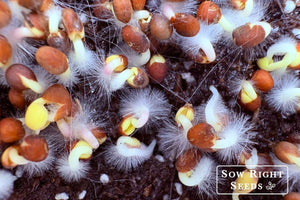
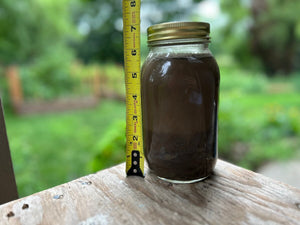
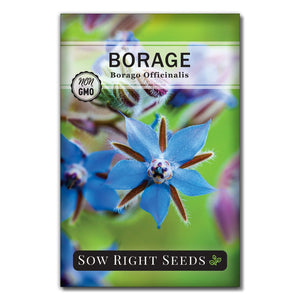
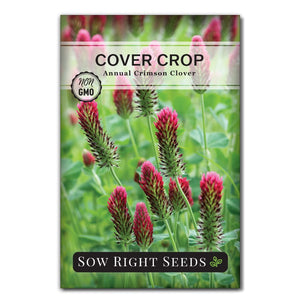
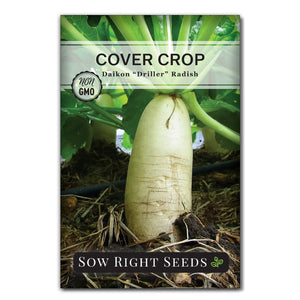
Leave a comment